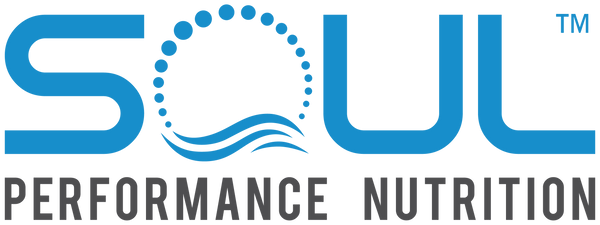Nicotinamide adenine dinucleotide (NAD) is a coenzyme found in all living cells that plays a crucial role in a variety of metabolic processes, including energy production, DNA repair, and regulating cell signaling pathways. In this post, we'll take a closer look at the structure and functions of NAD, and explore its importance for overall cellular health.
First, let's talk about the structure of NAD. The coenzyme is composed of two nucleotides, adenine and nicotinamide, which are joined together by a phosphodiester bond. There are two forms of NAD: NAD+ and NADH (reduced form of NAD+), and NADP+ and NADPH (reduced form of NADP+). NAD+ is an oxidized form of NAD, and NADH is the reduced form of NAD. NADP+ is an oxidized form of NADP and NADPH is the reduced form of NADP.
One of the most important functions of NAD+ is its involvement in oxidation-reduction reactions, also known as redox reactions. These reactions transfer electrons from one molecule to another, and are coupled with the transfer of a hydrogen ion (H+) to form NADH and NADPH. This process is critical for cellular metabolism, particularly in the production of energy through the process of cellular respiration. In the mitochondria, NAD+ accepts electrons from the breakdown of glucose and fatty acids, and uses that energy to pump protons across the inner mitochondrial membrane, creating a proton gradient that drives the production of ATP, the energy currency of the cell. NADH, on the other hand, is formed during the course of these reactions and is used to transfer electrons to the electron transport chain to produce ATP.
In addition to its role in energy metabolism, NAD+ also plays a critical role in DNA repair mechanisms. The coenzyme acts as a substrate for enzymes involved in DNA repair, such as PARP1 and PARP2, helping to maintain the integrity of our genetic material. NAD+ is also a key player in regulating cell signaling pathways, acting as a substrate for enzymes that transfer ADP-ribose from NAD+ to proteins, thereby modulating protein activity. This transfer is involved in a variety of cellular processes, including the regulation of gene expression, the control of cell division, and the response to cellular stress.
Given its many important functions, it's not surprising that NAD+ levels decrease with age, and that NAD+ supplementation has been shown to have anti-aging effects. NAD+ is also being explored as a potential therapeutic target for a variety of diseases, including Alzheimer's disease, cancer, and diabetes. Studies have shown that NAD+ levels are decreased in these diseases, and that NAD+ supplementation can improve symptoms. However, more research is needed to fully understand the therapeutic potential of NAD+ and to develop effective NAD+-based therapies.
In conclusion, NAD is an essential coenzyme that plays a critical role in various metabolic processes such as energy production, DNA repair and cell signaling pathways. It exists in two forms NAD+ and NADH, NADP+ and NADPH with difference in their hydrogen ion. The importance of NAD+ for overall cellular health and the potential therapeutic benefits of NAD+ supplementation make it a topic well worth exploring further. With the increasing interest in NAD+ research, we can expect to see more discoveries in the future that will deepen our understanding of this important molecule and its role in human health.
These statements have not been evaluated by the Food and Drug Administration. This product is not intended to diagnose, treat, cure or prevent any disease.

